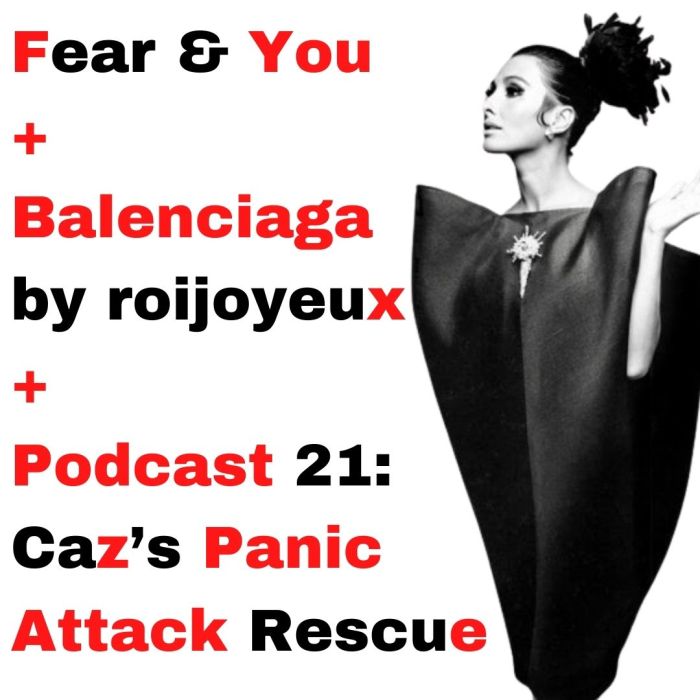
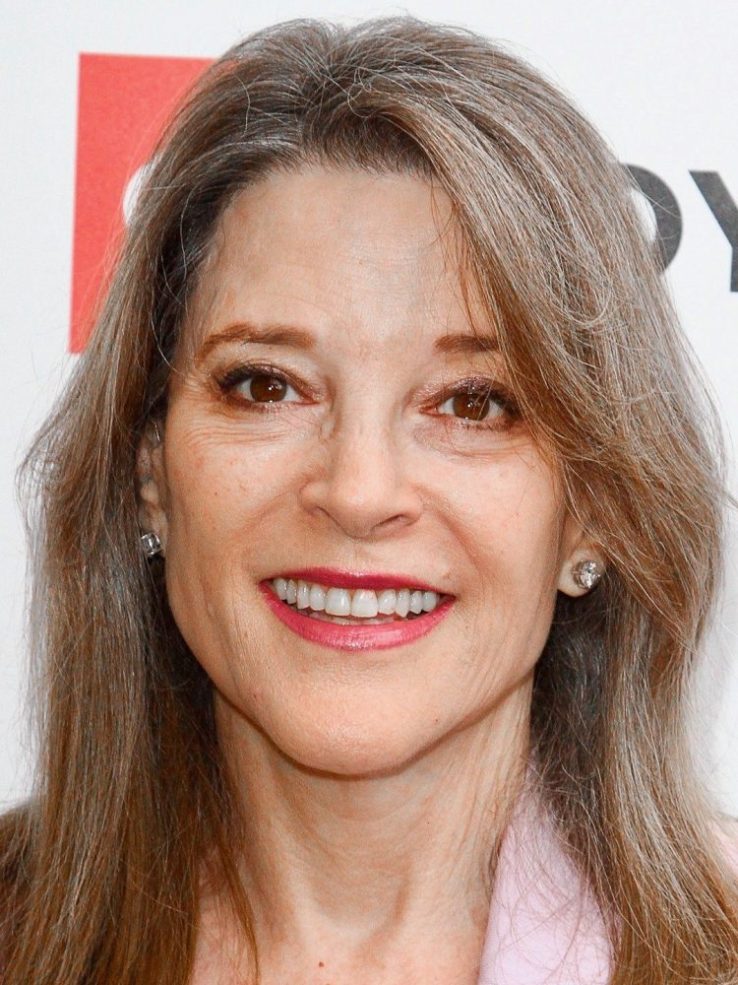
The following famous quote — which author/activist Marianne Williamson is proud of however zillion times it’s attributed to Nelson Mandela (H-E-R-E’s a post I wrote about him) — reminds me of how sneaky my fear of success can be.
Our deepest fear is not that we are inadequate. Our deepest fear is that we are powerful beyond measure. It is our light, not our darkness that most frightens us. We ask ourselves, Who am I to be brilliant, gorgeous, talented, fabulous? Actually, who are you not to be? You are a child of God. Your playing small does not serve the world.
There is nothing enlightened about shrinking so that other people won’t feel insecure around you. We are all meant to shine, as children do. We were born to make manifest the glory of God that is within us. It’s not just in some of us; it’s in everyone. And as we let our own light shine, we unconsciously give other people permission to do the same. As we are liberated from our own fear, our presence automatically liberates others.
As a kid, I worried that setting myself apart would invite criticism, jealousy, and ostracism. Girls, I was told, must be cute and sweet so they’d be attractive to boys. Women, so it went, were destined to be wives and mothers, no more, no less.
Fears continue to gnaw at me. Now they’re sophisticated, requiring constant vigilance to upend them. Art begs an audience. When art is personal, it’s difficult to not give a damn what others might think, not to mention how wicked my own self-doubt (like when it comes to working on my novels-in-progress) can be. An hour after I was awarded an Emmy, a stranger asked me how the honor felt. My reply was blather. He reminded me that I had indeed won it…
Williamson is correct to point that that being our best benefits everyone. When I’m upset about my goals, I remind myself of her wise words.
Now for a blogger who does what he can to make sure none of us hold ourselves back…

roijoyeux, which according to Google Translate, means “King Joyful,” runs a blog by the same name. Growing up in South-Western France as a gay teenager, hearing schoolmates call other gay schoolmates “pédé” (“fag”) was a terrible thing. As a result, it was not easy to be proud of himself.
To help himself and others to be happier with themselves, ten years ago he created a blog that’s an encyclopedia of LGBT+ celebrities. To date, he’s written over 500 well-researched biographies!
He explains, “… many people are not aware that most gay men look and behave like straight men, my blog is useful for them and for my peers who have not yet realized that there is no reason to be ashamed. I know most people are not gay, but it feels great to know that so many great people are gay / lesbian. Learning and writing about their lives is one of my favorite hobbies.”
roijoyeux adds that over the decade he’s been posting, his site, “evolved very quickly in the blog you know today, showing to people that gays are not all drag queens, effeminates or perverts, since many great artists, stellar athletes and other admirable celebrities, are gay.”
Generous even at Happiness Between Tails, roijyeux quotes his role model… “If their lives can serve as role models to young men who have been bullied or taught to think less of themselves for their sexual orientation, all the better. The sexual orientation of those featured here did not stand in the way of their achievements…” gayinfluence.blogspot.com Terry from Virginia, who describes himself as “A diehard sapiosexual with an ever-curious mind,” started that impressive site in 2011.
Here, with the help of Wikipedia and Gay Influence, he introduces us to one of his many heroes…

“Cristóbal Balenciaga, the King of the great couturiers, was… gay,” by roijoyeux
Cristóbal Balenciaga Eizaguirre, born January 21, 1895 in Getaria (Spanish Basque Country) and died March 23, 1972 in Xàbia (Spain) was a Spanish fashion designer and milliner.
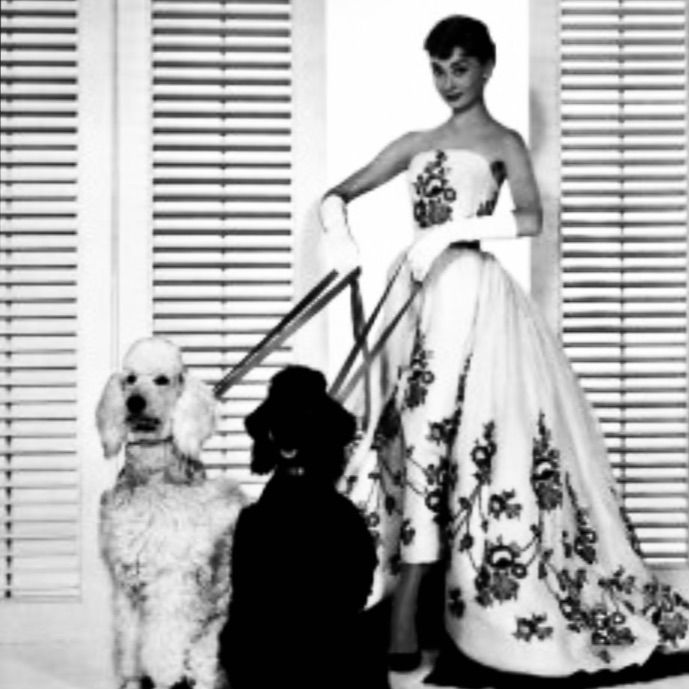
He is one of the greatest couturiers, unanimously recognized by his peers and nicknamed “the master” or even “the couturier of couturiers.”
If Balenciaga began well before the Second World War, it was during the 1950s that he completely transformed the female silhouette, making it evolve to finally reach its peak in the early 1960s. Among his loyal customers were the Queens of Spain and Belgium, Princess Grace of Monaco and the Duchess of Windsor as well as Jacqueline “Jackie” Kennedy Onassis.
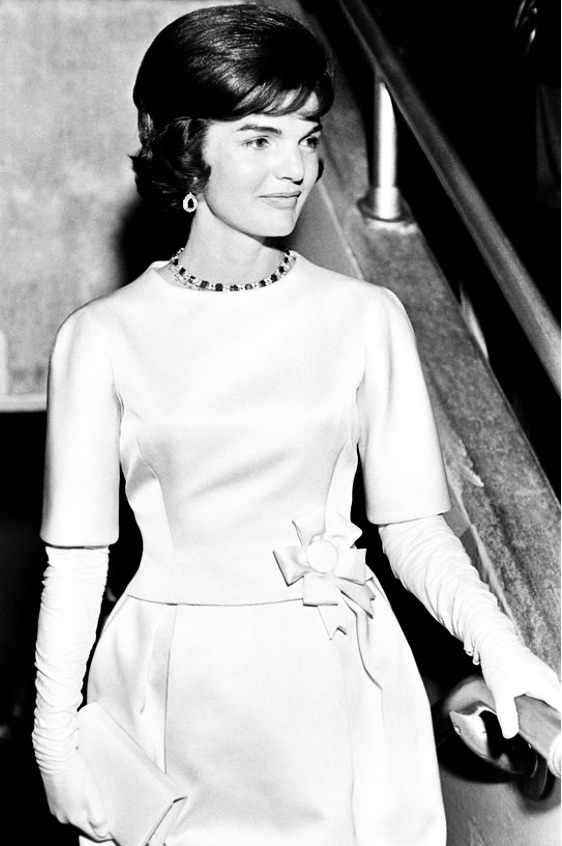
The fact that Jackie Kennedy bought Balenciaga’s overpriced dresses upset her husband President John F. Kennedy because he feared the American public would think his spending was too lavish. In the 1950s and 1960s, Dior dressed the rich, and Balenciaga, the very rich. It was said at that time that a woman “went up” from Dior to Balenciaga.
Below are the most interesting details about Balenciaga’s life…
Youth
Balenciaga, who left school to work for a local tailor at the age of 13, opened his first store in San Sebastian (Spain) at 19. At the age of 24, he already had his own fashion house, a house of which he then opened branches in Madrid and Barcelona, where more than 350 employees worked.
The Spanish royal family wore his creations, but the Spanish Civil War forced him to close his stores in 1931 and go into exile first in London and then in 1936 in Paris, where he opened a fashion house on Avenue George V in 1937. The success of his Parisian house was immediate. Customers even risked their lives by going to Paris in the middle of the Second World War to admire Balenciaga’s creations.
Homosexuality
In Paris, Balenciaga openly lived his homosexuality. It was in 1936 in the French capital that he met the love of his life, Wladzio Zawrorowski d’Attainville, a Franco-Polish aristocrat who was then working as a hatter. It was Wladzio who helped Balenciaga find the funds to open his Parisian couture house. Then he became his partner.
Unlike Balenciaga, who had the elegance and class of an aristocrat but was the son of a simple fisherman and a seamstress, Wladzio was a true aristocrat, whose intelligence and wisdom impressed Balenciaga. The two men moved into the same apartment together, where Balenciaga’s mother also lived.
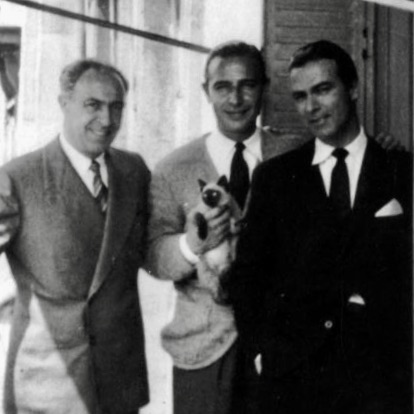
One of their employees, Elisa Erquiaga, explained in an interview: “Wladzio was extremely handsome and well-educated and we all knew [they were a couple], but no one ever talked about it in the house.”
The Franco-Polish man was the only person who managed to calm the anxieties of the Master, his lack of self-confidence and his obsessive search for perfection on, for example, a shoulder, a fabric, or how to elegantly hide the wide hips of [writer] Colette, one of his famous clients.
When Wladzio died in 1948, Balenciaga was so devastated that he considered closing his business for a time. He never recovered from the death of the love of his life and although he had homosexual affairs after Wladzio’s death, he never sought to find new love and became very secretive and almost withdrew from the world.
It was in 1968 that the couturier finally retired (at age 73).
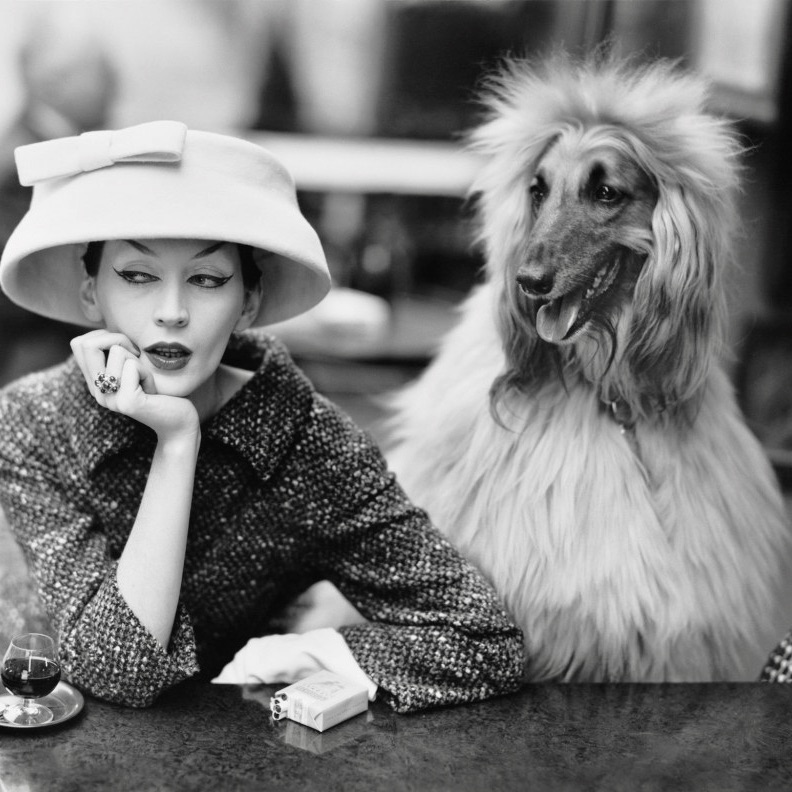
Death and posterity
When Balenciaga died in 1972, Women’s Wear Daily magazine wrote “The King is Dead”. He died very rich, owner of several houses and apartments in Paris, at La Reynerie near Orléans, as well as in Madrid, Barcelona and Iguelda, in his native Basque country.
According to the Gay and Lesbian Encyclopedia, the greatest gay couturiers of the 20th century are Balenciaga and Dior, followed by Yves Saint Laurent and Jean Paul Gaultier and in Italy Giorgio Armani and Giani Versace.
Balenciaga’s work influenced many couturiers, such as Oscar de la Renta, André Courrèges who worked in his studio, Emanuel Ungaro and Hubert de Givenchy whom he helped. The Balenciaga brand, which nowadays belongs to the French holding company Kering, is currently under the management of Demna Gvasalia, after the departure of Alexander Wang in 2015, who succeeded Nicolas Ghesquière in December 2012.
Are there ways you hold yourself back?
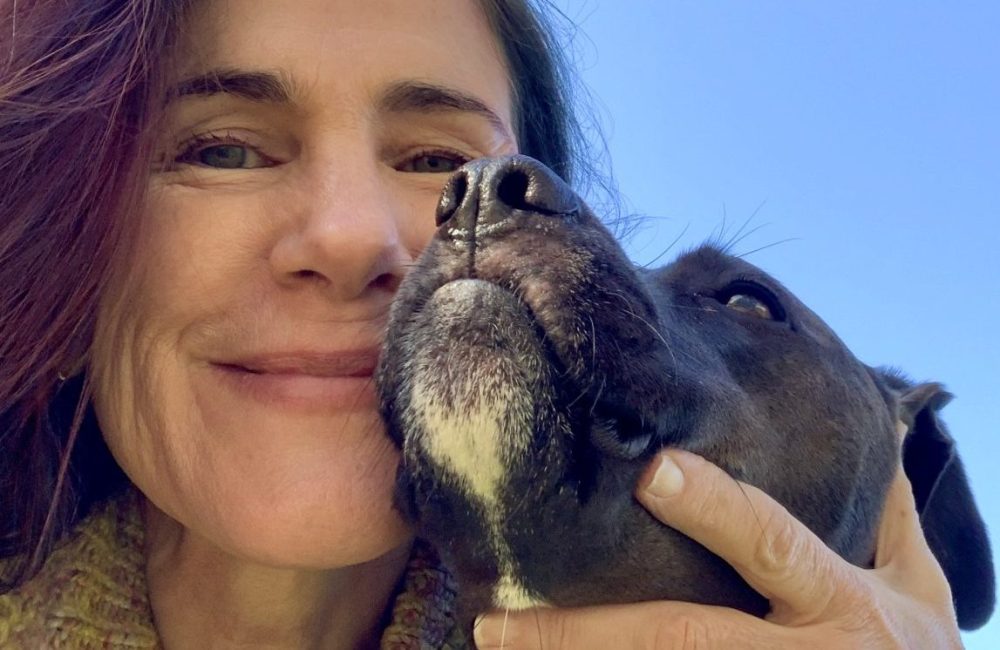

Met her once a million years ago. I love that quote. Have a beautiful day, da-AL. ;0)
LikeLiked by 1 person
how lucky! you too, Pam!
LikeLiked by 1 person
💕
LikeLiked by 1 person
Great information, and the podcast is fantastic. Thanks for your efforts da-AL. Now i am also on Spotify. Best wishes, Michael
LikeLiked by 1 person
tx & many congrats, Michael. Please share your spotify address here so others can see 🙂
LikeLike